Oxyropsis acutirostra
Scientific name: Oxyropsis acutirostra
Common name: N/A
Family: Loricariidae
Usual size in fish tanks: 5 - 6 cm (1.97 - 2.36 inch)
014
Recommended pH range: 6.2 - 7
Recommended water hardness: 6 - 18°N (107.14 - 321.43ppm)
0°C 32°F30°C 86°F
Recommended temperature range: 21 - 25 °C (69.8 - 77°F)
The way how these fish reproduce: Spawning
Where the species comes from: South America
Temperament to its own species: peaceful
Temperament toward other fish species: peaceful
Usual place in the tank: Bottom levels
Food and feeding
Oxyropsis acutirostra is primarily an algae grazer. In the aquarium, provide a staple diet of quality flake food and algae wafers. They will also appreciate small sinking catfish pellets. While they will naturally graze on biofilm and algae in the tank, this should not be their only food source. Occasional treats of blanched vegetables such as cucumber or zucchini can be added to vary their diet.
Origin
This species is native to South America, specifically the River Negro and River Orinoco basins. It inhabits slow-flowing areas with sandy or muddy substrates and abundant plant cover.
Sexing
No clear external differences exist between males and females. Sexing this species in captivity remains difficult without observing breeding behavior.
Breeding
There are currently no confirmed reports of successful aquarium breeding of Oxyropsis acutirostra. In the wild, like other Loricariidae, they are believed to spawn in crevices or among submerged roots, with the male guarding the eggs.
Lifespan
The expected lifespan in captivity is approximately 3–5 years, depending on water quality, diet, and tank conditions.
Tank requirements
- Tank size: minimum 60 litres for a small group.
- Substrate: fine sand or smooth gravel; avoid sharp-edged substrate to protect their undersides.
- Décor: provide driftwood, smooth stones, and caves; dense planting helps reduce stress.
- Water: maintain pH 6.2–7.0, temperature 21–25 °C, soft to moderately hard water.
- Flow & lighting: prefers calm water with moderate filtration; subdued lighting with shaded areas is ideal.
Behavior and compatibility
Oxyropsis acutirostra is a peaceful bottom-dweller that does well in a community aquarium. Keep them with other small, non-aggressive fish such as tetras, rasboras, or dwarf cichlids. They should be kept in groups of at least 4–6 individuals, as they are more confident and active when shoaling.
Short description
This small Loricariid catfish, reaching only 5–6 cm in length, is well-suited for aquarists who want an uncommon species with fascinating algae-grazing behavior. They thrive in a well-planted tank with stable water conditions and plenty of hiding places. Their delicate size makes them unsuitable for aquariums with larger or aggressive tank mates.
Pictures
Bought by aqua-fish.net from jjphoto.dk.
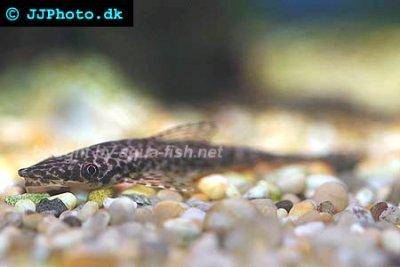



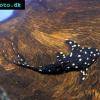 Adonis
Adonis 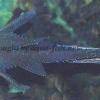 Lyre
Lyre 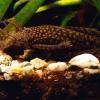 Bristlenose
Bristlenose 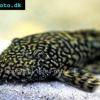 Gold
Gold  Bushymouth
Bushymouth  Spotted
Spotted 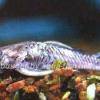 Medusa
Medusa 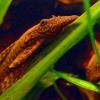 Bristlenose
Bristlenose 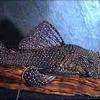 Starlight
Starlight 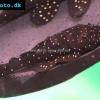 Spotted
Spotted 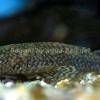 Catfish
Catfish 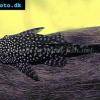 Bushynose
Bushynose 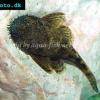 Bristlenose
Bristlenose  Green
Green 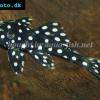 LDA-33
LDA-33 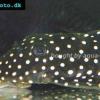 Snowflake
Snowflake 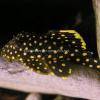 Gold
Gold 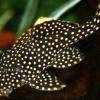 Gold
Gold 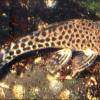 Bulldog
Bulldog 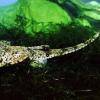 Dasyloricaria
Dasyloricaria  Butterfly
Butterfly 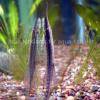 Whiptail
Whiptail 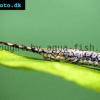 Amazon
Amazon  Twig
Twig 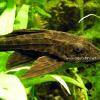 Spotted
Spotted 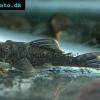 Spotted
Spotted 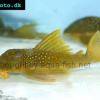 Lemon
Lemon 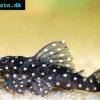 Pleco
Pleco 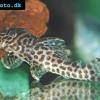 Peruvian
Peruvian 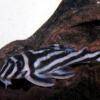 Zebra
Zebra 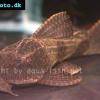 Pleco
Pleco  Hypostomus
Hypostomus 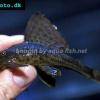 Pleco
Pleco 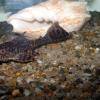 Suckermouth
Suckermouth  Spotted
Spotted  Woodeating
Woodeating 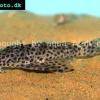 Golden
Golden 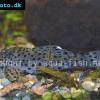 Sultan
Sultan 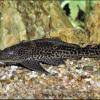 Multiradiatus
Multiradiatus 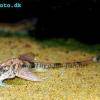 Marbled
Marbled 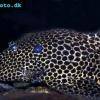 Pleco
Pleco 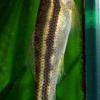 Dwarf
Dwarf 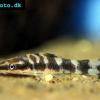 Dwarf
Dwarf 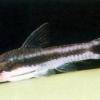 Dwarf
Dwarf 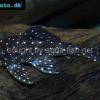 Orange
Orange 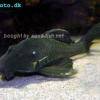 Blue
Blue 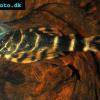 Clown
Clown 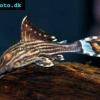 Royal
Royal 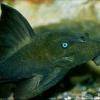 Blue
Blue 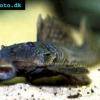 Rubber
Rubber 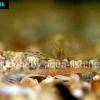 Goby
Goby 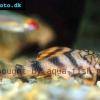 Wormline
Wormline  Para
Para  Tiger
Tiger 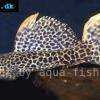 Leopard
Leopard 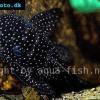 Spiny
Spiny 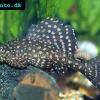 Marbled
Marbled 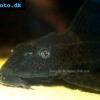 Amazon
Amazon  Common
Common 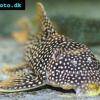 Sunshine
Sunshine 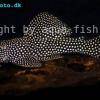 Golden
Golden